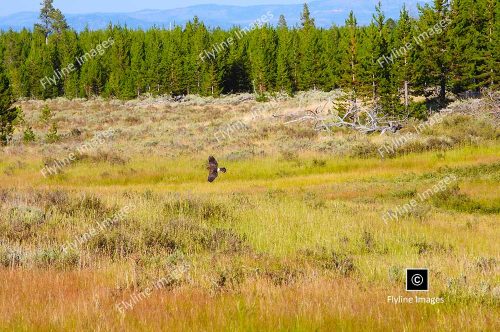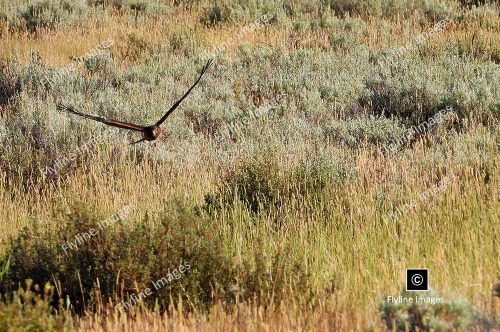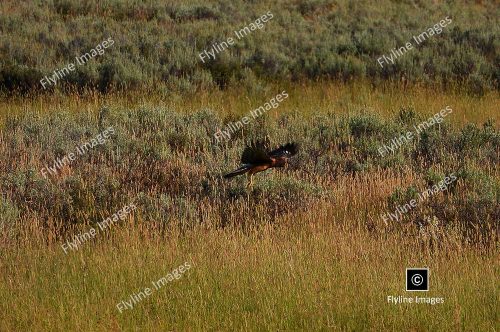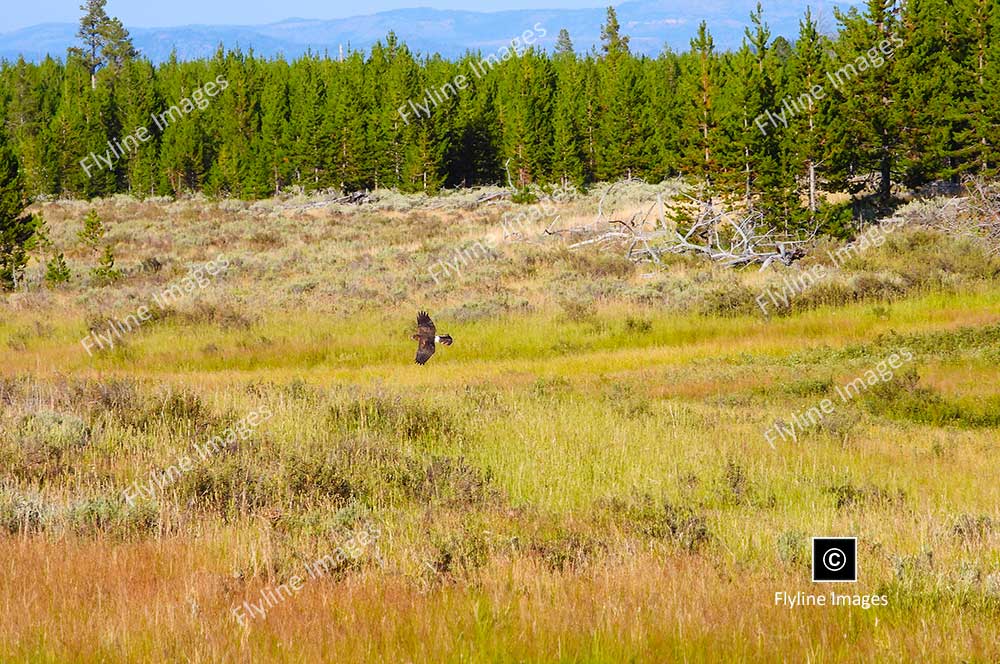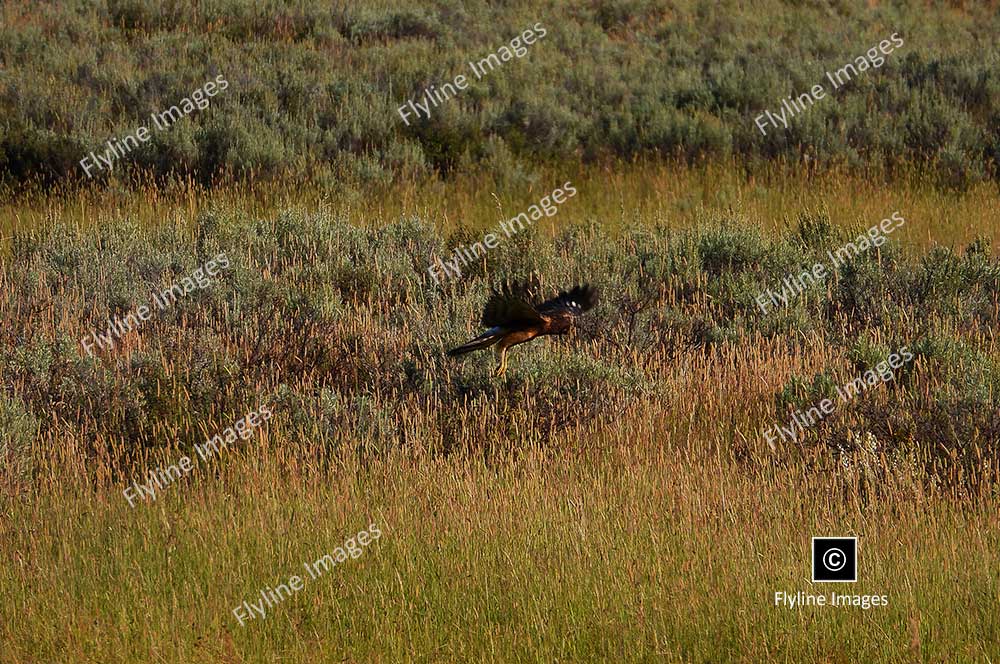Red-Tailed Hawks
Majestic Birds, Aerial Preditors, Highly Adaptable
Red-tailed hawks are a common and fascinating presence in Yellowstone National Park, where they thrive in the park’s diverse habitats. These majestic birds can often be seen soaring high above the park’s vast landscapes, utilizing their keen eyesight to hunt for prey, including rodents, rabbits, and other small mammals. Red-tailed hawks are distinguishable by their broad wings and characteristic reddish-brown tails. They are highly adaptable birds, making use of the park’s varied terrain, from open valleys to forested areas, to build their nests atop tall trees or rock ledges. Visitors to Yellowstone may be fortunate enough to witness these powerful raptors in action, offering a glimpse into the intricate ecosystems that define this iconic national park.
Portrait Style Images
MORE ABOUT RED-TAILED HAWKS
Red-tailed hawks (Buteo jamaicensis) are renowned for their distinctive characteristics and adaptability to various environments across North America. One of their most unique features is the striking brick-red coloration on the upper side of their tail, which is particularly prominent in adults and gives them their name. These raptors are also known for their broad, rounded wings and short, wide tails, which facilitate soaring and enable them to cover large areas while searching for prey from high altitudes. Their keen eyesight is another defining trait, allowing them to spot potential meals such as rodents, rabbits, and other small animals from great distances. Additionally, red-tailed hawks are notable for their vocalizations, especially their signature piercing screech, often used in movies and television to depict birds of prey. These hawks are monogamous and known for their elaborate courtship flights, and they usually mate for life, further showcasing their unique behavioral traits.
Despite their widespread abundance, red-tailed hawks face various threats in the wild, including habitat loss and fragmentation, human disturbance, and pesticide use. As such, conservation efforts are necessary to protect these iconic birds and ensure their continued presence in our ecosystems. Organizations such as the National Audubon Society work towards preserving habitats for red-tailed hawks and other bird species through land acquisition and management practices that promote biodiversity.
Red-tailed hawks also hold significant cultural significance for many Indigenous peoples across North America. In some cultures, they are seen as symbols of strength and courage, while in others, they are revered as messengers or omens from the spirit world. These birds have been featured in art, stories, and ceremonies for centuries, highlighting their importance and impact on various communities.
Furthermore, red-tailed hawks have played a vital role in ecological studies and have been used as indicators of environmental health. Their presence or absence can indicate the overall health of a particular ecosystem, making them valuable bioindicators for researchers and conservationists. One of the most fascinating aspects about red-tailed hawks is their hunting behavior. These birds are skilled predators and use a variety of techniques to catch their prey. While they primarily hunt during the day, they have been known to hunt at night on occasion.
Red-tailed hawks often perch on high vantage points, such as trees or rocks, scanning the ground for potential food sources. Once they spot their target, they swoop down at incredible speeds, using their sharp talons to grasp onto their prey. They also have excellent eyesight and can spot small animals from great distances.
In addition to being an important predator in Yellowstone’s ecosystem, the presence of red-tailed hawks also indicates the health of its prey populations. If red-tailed hawks are abundant in an area, it is a good sign that there is plenty of food available for them to thrive. Beyond their ecological significance, red-tailed hawks also hold cultural and spiritual importance in many Native American cultures. They are often considered symbols of strength, courage, and freedom. Some tribes even have traditional dances and ceremonies honoring these magnificent birds.
Unfortunately, like many other species, red-tailed hawks face threats such as habitat loss and human interference. It’s important for visitors to Yellowstone National Park to appreciate these birds from a respectful distance and avoid disturbing their nesting sites or hunting behaviors.



